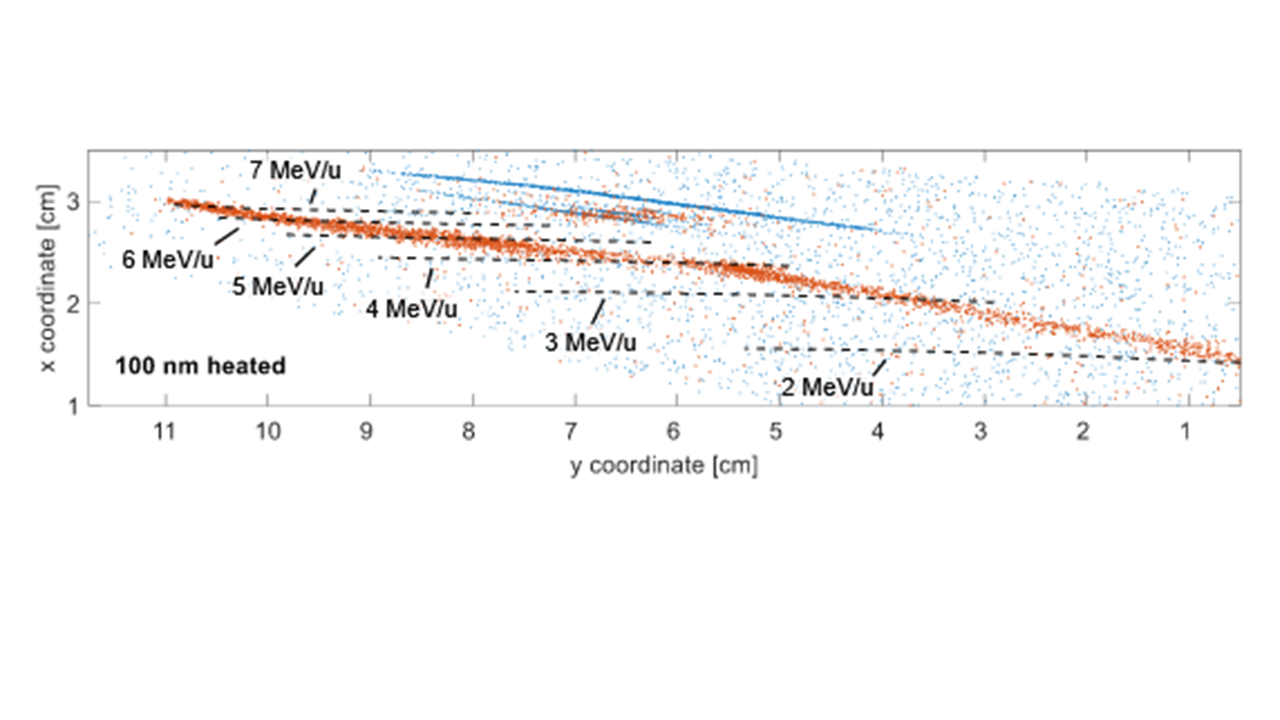Heavy-Ion Acceleration

While the majority of experimental efforts in the field of laser-driven ion acceleration focus on light ions, in particular protons, on few studies addressed so far the acceleration of heavier species and even less targeted very heavy isotopes with masses around A=200 like gold. In the last years our group concentrated on the acceleration of gold ions as an easily accessible target material to develop the laser-driven acceleration of heavy isotopes as a first prerequisite on the road towards establishing the fission-fusion reaction mechanism. In beamtime campaigns at external PW-class laser facilities (Texas PW laser in Austin/Texas and the PHELIX laser at GSI in Darmstadt), the before existing record of kinetic energy of laser-accelerated gold ions could be pushed considerably from about 1 MeV/u first to 5 MeV/u and finally to beyond 7 MeV/u (PhD thesis of Florian Lindner, LMU, 2021). Both mentioned lasers provide rather long laser pulses (140 fs at TPW and 500 fs at PHELIX). So it will be interesting to study gold acceleration at the Garching CALA facility with laser pulses from the ATLAS-3000 laser being much shorter at ca. 30 fs. Our goal at CALA is to push the limit of the kinetic energy of laser-driven gold ions further to beyond 10 MeV/u, understand better the ionization mechanisms occrring during that process leading to the observable charge-state distribution that so far could be measured to surprisingly high charge states beyond the predictions of established models with a remarkable dependency on the target thickness and characterize as well the achievable density of the accelerated ion bunches.

